Are you interested in learning about different cultures and their histories? Here are the ethnology museums to visit in Iowa:
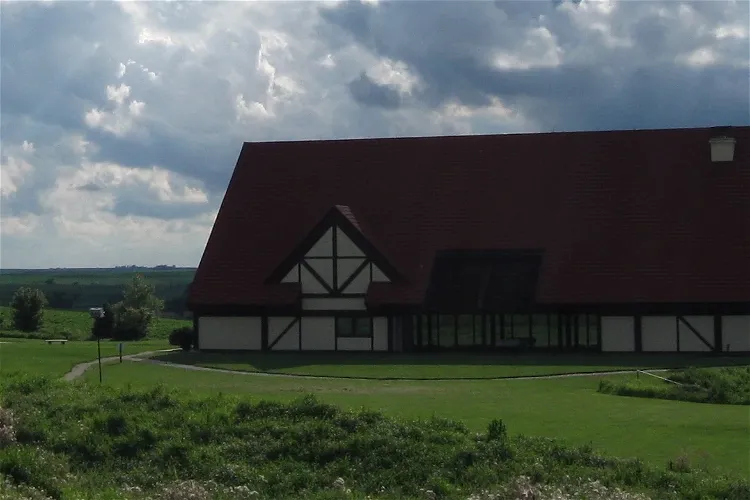
Museum of Danish America
Elk Horn, IAThe Museum of Danish America, previously known as The Danish Immigrant Museum, is a cultural institution located in the quaint town of Elk Horn, Iowa. This museum is dedicated to preserving the heritage of Danish immigrants in the United States. It offers a unique opportunity to explore the rich history and contributions of Danish immigrants to American society.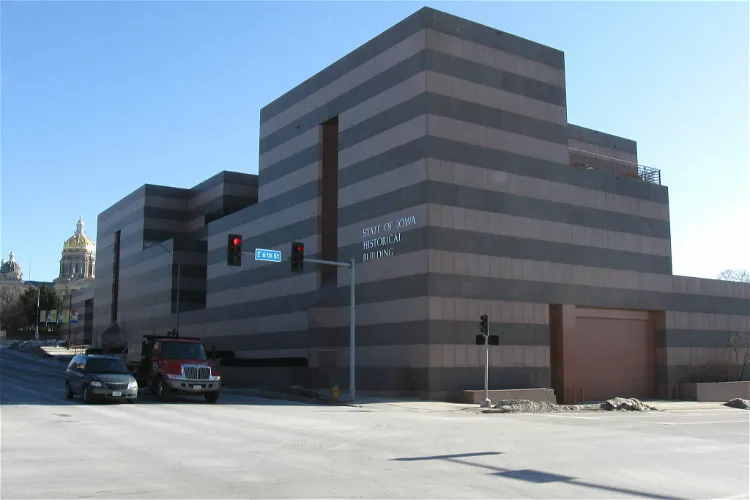
State Historical Museum of Iowa
Des Moines, IAThe State Historical Society of Iowa maintains a museum, library, archives, and research center in Des Moines, as well as a research library in Iowa City. These facilities house a wealth of information and artifacts that provide insight into the history of Iowa. In addition, the SHSI oversees several historic sites throughout the state, offering visitors a chance to experience Iowa's history firsthand.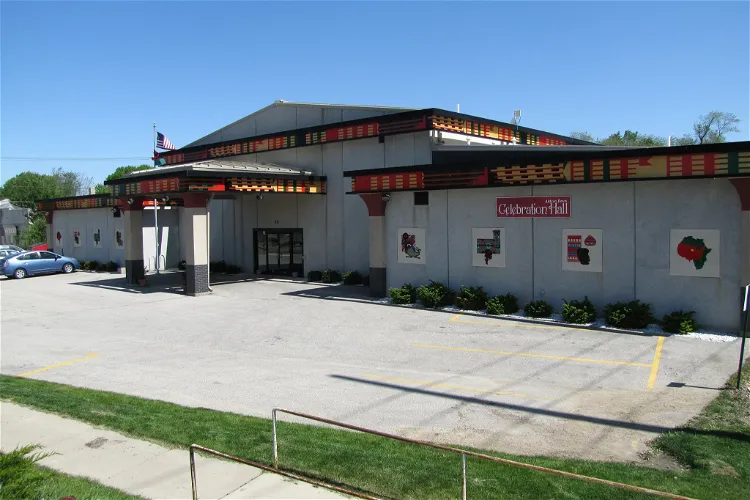
African American Museum Of Iowa
Cedar Rapids, IAThe African American Museum of Iowa (AAMI) is a significant cultural institution located near downtown Cedar Rapids, Iowa. Since its establishment in 1993, the museum has been dedicated to preserving, publicizing, and educating the public on the African American heritage and culture of Iowa. It is a leading educational resource on African American history in the state.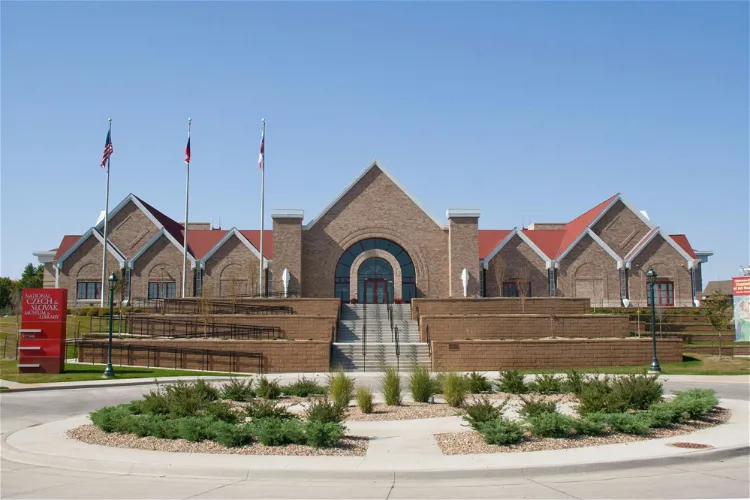
National Czech & Slovak Museum and Library
Cedar Rapids, IAThe National Czech & Slovak Museum & Library (NCSML) is a significant cultural institution located in Cedar Rapids, Iowa. It was established in 1974 with the aim of preserving and promoting Czech and Slovak history and culture. The museum and library moved to its current location in 1983, providing a dedicated space for its extensive collection of artifacts and documents.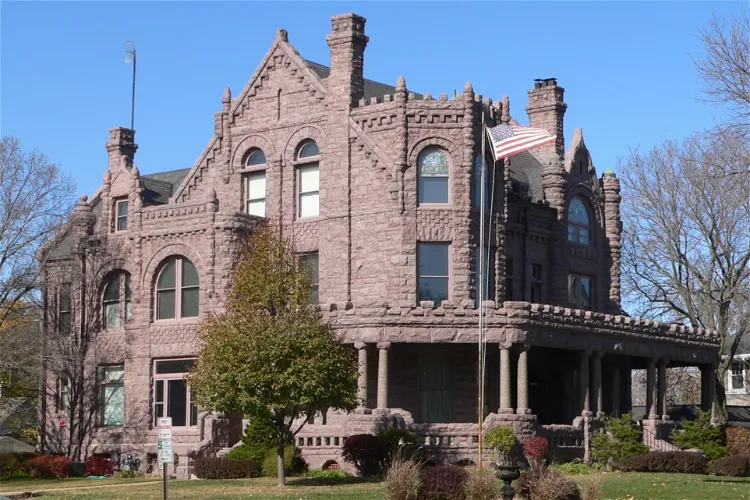
Sioux City Public Museum
Sioux City, IAThe Sioux City Public Museum offers a comprehensive insight into the history and culture of Sioux City, Iowa. Visitors can explore a variety of displays including a video about the city's history, Native American artifacts, pioneer artifacts, historic transportation vehicles, agriculture, industry, geology and fossils. This wide range of exhibits provides a rich understanding of the city's past and its cultural heritage.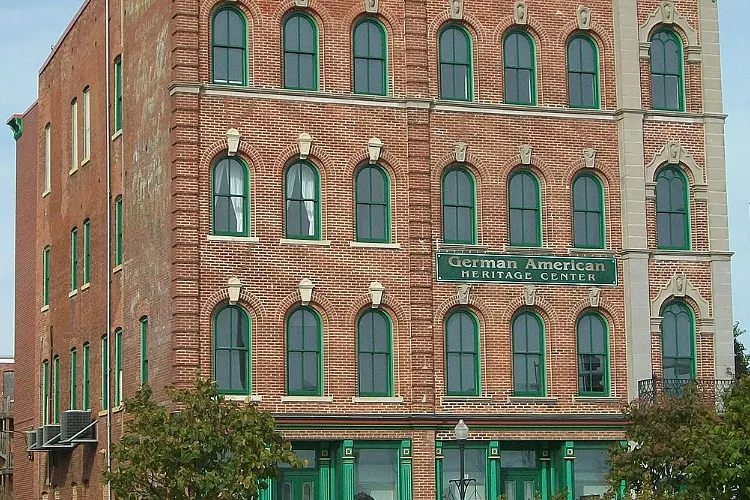
German American Heritage Center & Museum
Davenport, IAThe German American Heritage Center, also known as the Germania-Miller/Standard Hotel, is a cultural center and museum located in Davenport, Iowa, United States. The center is dedicated to chronicling and preserving the history of German-Americans in the Midwest region. It provides a unique opportunity for visitors to learn about the rich cultural heritage and contributions of German-Americans to the region.
Vesterheim Norwegian-American Museum
Decorah, IAThe Vesterheim Norwegian-American Museum, located in Decorah, Iowa, serves as the National Norwegian-American Museum and Folk Art School. It boasts a collection of over 33,000 artifacts, 12 historic buildings, and a library and archives. This extensive collection provides a comprehensive insight into the Norwegian-American experience, making it a valuable destination for those interested in cultural history and folk art.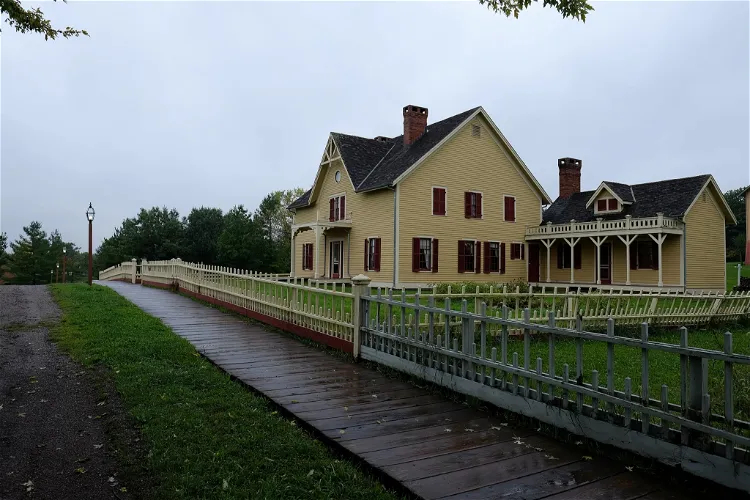
Living History Farms
Urbandale, IALiving History Farms, situated in Urbandale, Iowa, is a sprawling 500-acre open-air museum. Its primary objective is to educate visitors about the agricultural history of Iowa spanning the past 300 years. The museum uses the methodology of living history to depict the lives of people living on farms in the years of 1700, 1850, and 1900, engaging in various agricultural activities.